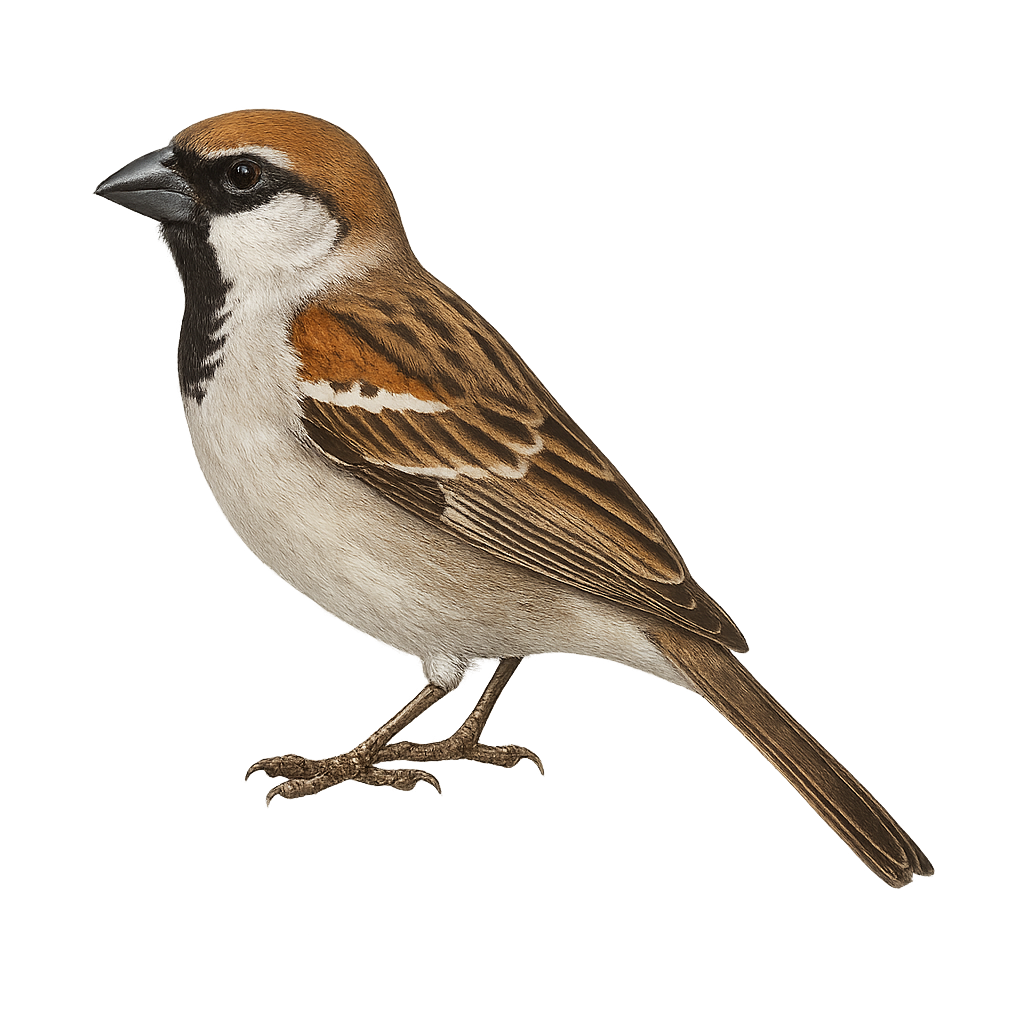Your wildlife photography guide.
Explore the cape sparrow in detail, study its behavior, prepare your shots.
Where to observe and photograph the cape sparrow in the wild
Learn where and when to spot the cape sparrow in the wild, how to identify the species based on distinctive features, and what natural environments it inhabits. The WildlifePhotographer app offers tailored photography tips that reflect the cape sparrow’s behavior, helping you capture better wildlife images. Explore the full species profile for key information including description, habitat, active periods, and approach techniques.
Cape Sparrow
Scientific name: Passer motitensis

IUCN Status: Least Concern
Family: PASSERIDAE
Group: Birds
Sensitivity to human approach: Suspicious
Minimum approach distance: 5 m
Courtship display: February to March
Incubation: 12-14 jours
Hatchings: February to April
Habitat:
Savannah, urban areas, farmlands
Activity period :
Primarily active during the day, with peak activity in the morning and late afternoon.
Identification and description:
The Cape Sparrow, or Passer motitensis, is a small, robust bird primarily found in southern Africa. It is characterized by its brown and grey plumage, with a black cap on males and a grey cap on females. These birds are often seen in groups, feeding on seeds, insects, and small fruits. They adapt well to urban and rural environments, nesting in cavities or artificial structures. Their song is a simple yet melodious chirp. Although their population is stable, they are sometimes threatened by habitat loss and competition with other sparrow species.
Recommended lens:
300 mm – adjust based on distance, desired framing (portrait or habitat), and approach conditions.
Photography tips:
To photograph the Cape Sparrow, opt for early morning or late afternoon hours when the light is soft and flattering. Use a telephoto lens of at least 300mm to capture details without disturbing the bird. Be patient and observe their behavior to anticipate their movements. Natural backgrounds, such as branches or grass, add depth to your shots. Avoid sudden movements and remain silent to avoid scaring them away.
The WildlifePhotographer App is coming soon!
Be the first to explore the best nature spots, track rutting seasons, log your observations, and observe more wildlife.
Already 1 430 wildlife lovers subscribed worldwide

